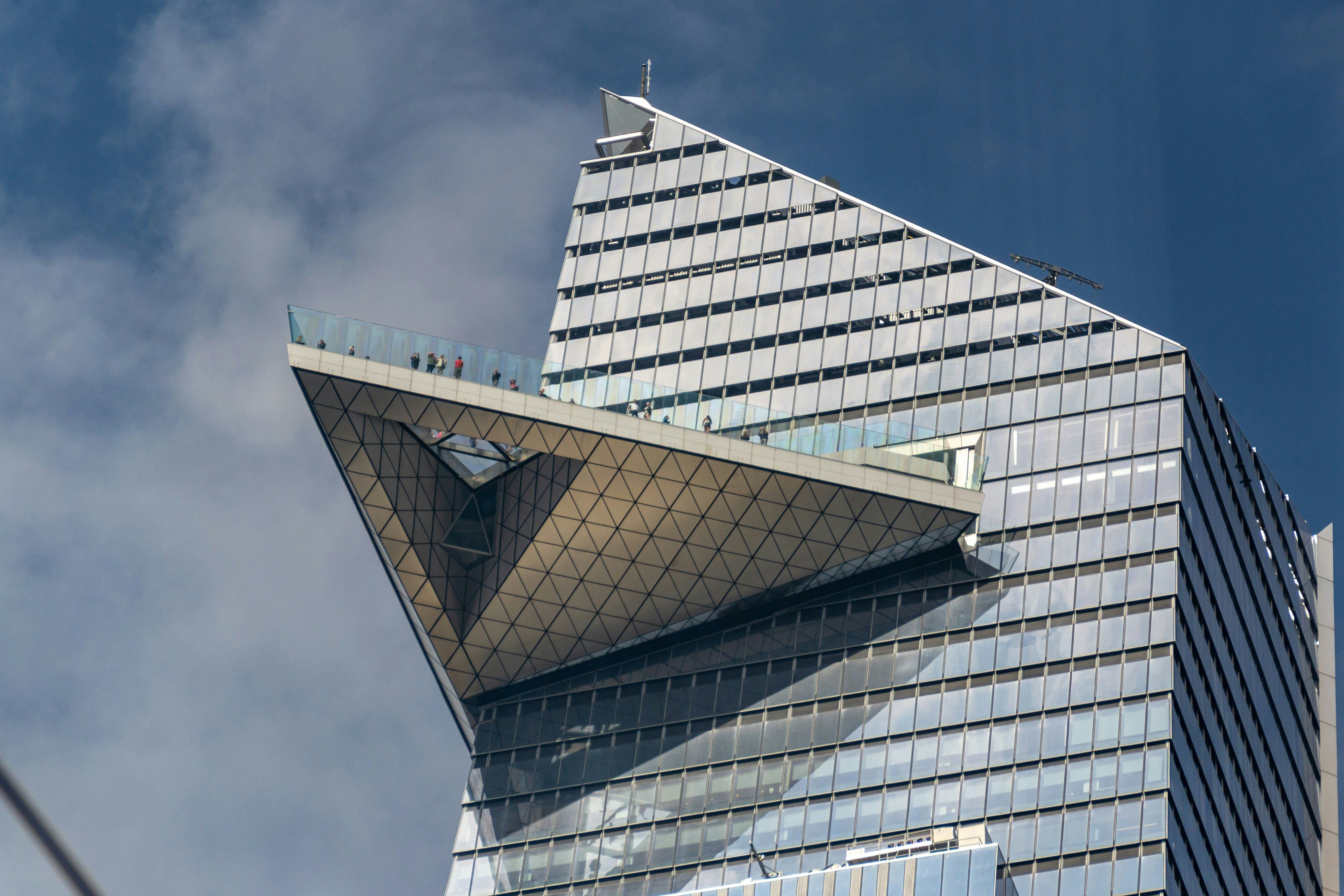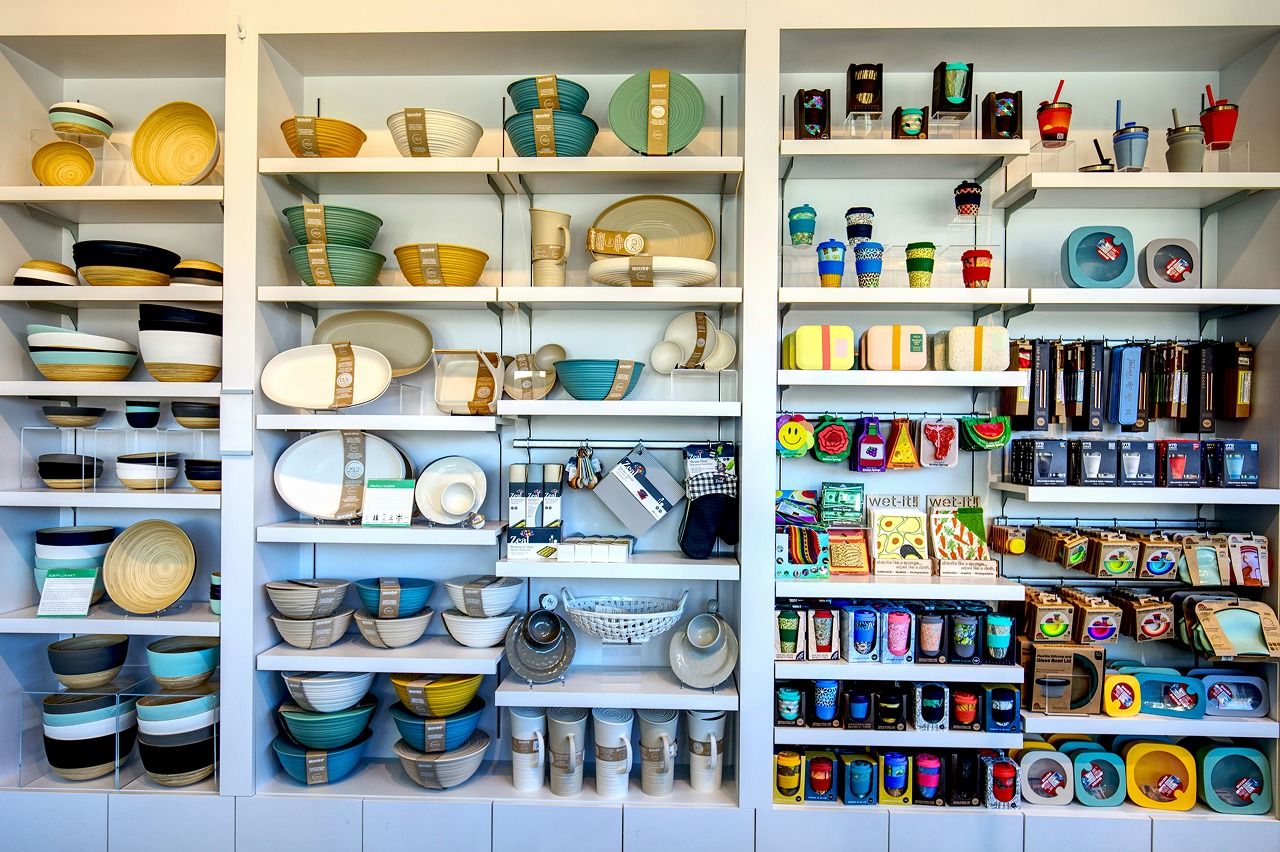
Image Style Transfer
What is Image Style Transfer?
Image Style Transfer is a technique in computer vision and deep learning that applies the artistic style of one image to the content of another. Using neural networks, specifically convolutional neural networks (CNNs), this process blends the structure of a content image with the visual style of an artistic image, creating a new, stylized output.
Why is it Important?
Image Style Transfer is revolutionizing creative industries by automating complex artistic processes. It enables artists, designers, and developers to produce unique visuals, customize content, and explore new artistic expressions, all while reducing time and effort in manual editing.
How is it Managed and Where is it Used?
Image Style Transfer is managed by training deep neural networks on datasets of content and style images. Techniques like VGG networks and optimization algorithms extract content and style features and merge them into a cohesive output. It is widely used in:
- Digital Art: Creating unique pieces by blending styles and content.
- Marketing Campaigns: Producing visually appealing graphics for ads and social media.
- Film and Gaming: Enhancing visual effects with stylized designs.
Key Elements
- Content Representation: Extracts structural features from the content image.
- Style Representation: Captures texture, color, and patterns from the style image.
- Neural Networks: Convolutional layers process and merge content and style data.
- Optimization Algorithms: Ensure the output image maintains content fidelity while incorporating the desired style.
- Real-Time Transfer Models: Allow on-the-fly style application for live content.
Real-World Examples
- Photo Editing Apps: Tools like Prisma enable users to stylize photos using pre-trained models.
- Marketing Visuals: Brands use stylized images for unique advertising campaigns.
- Movie Production: Stylizing scenes with specific artistic effects for storytelling.
- Gaming: Applying unique textures to in-game elements to create immersive experiences.
- Virtual Reality (VR): Adding stylized overlays to enhance VR environments.
Use Cases
- Creative Design: Generating artwork with custom styles for graphic design projects.
- Social Media Content: Enhancing user-generated content with artistic filters.
- Brand Identity: Creating stylized visuals that align with brand aesthetics.
- Education: Teaching art and design concepts using AI-generated visuals.
- Personal Projects: Applying creative styles to personal photos for framing or sharing.
Frequently Asked Questions (FAQs):

The purpose is to blend the artistic style of one image with the content of another, creating unique and visually appealing outputs.

Industries like marketing, digital art, gaming, film production, and education leverage this technology extensively.

Popular tools include TensorFlow, PyTorch, and specialized applications like Prisma.

Challenges include achieving real-time processing, maintaining content integrity, and reducing computational resource requirements.

It works by using neural networks to extract features from a style image and a content image, then combining them into a single stylized output.
Are You Ready to Make AI Work for You?
Simplify your AI journey with solutions that integrate seamlessly, empower your teams, and deliver real results. Jyn turns complexity into a clear path to success.


